Top-Notch Performance!
Review Summary
The ARCTIC Liquid Freezer – II 420 is a powerful cooler in the market that comes with a 6-year manufacturer’s warranty and offers fantastic thermal performance at almost silence, which is unheard of. Thanks to integrated cable management, we have a single cable to handle, making life easy and simple. The only caveat is the same thing that is giving this cooler the advantage: its size. You can definitely thank the ARCTIC for this beast of a cooler, and it comes recommended by us.
Hours Tested: 5
Overall
-
Quality - 9/10
9/10
-
Design - 9/10
9/10
-
Performance - 9.5/10
9.5/10
-
Features - 9/10
9/10
-
Value - 9/10
9/10
Pros
- Excellent Thermal Performance
- Integrated Cable Management
- One Cable to rule them all
- Silent Operations
- Convenient AM5 Installation
- MX-5 Thermal Paste
- Warranty
- Pricing
Cons
- No printed User Manual
- No Independent PWM control
- Inconvenient Intel Installation
In PC cooling, ARCTIC stands out with its popular Liquid Freezer II series and MX-4 thermal paste. Despite new releases like MX-6 and MX-5, the Liquid Freezer II 360 remains a fan favorite. Today, we’re looking at the 420mm version, Revision 4, which comes in non-RGB and A-RGB editions. It includes an AM4 mounting kit and MX5 thermal paste, ensuring compatibility with Intel and AMD sockets. Is it a true powerhouse in the cooling arena? Let’s find out!
Key Takeaways
- The ARCTIC Liquid Freezer II 420 is a high-performance AIO liquid cooler with a substantial 420mm radiator designed for efficient CPU cooling.
- This liquid cooler suits users seeking a cost-effective, high-performance AIO solution for CPU cooling, especially those with CPUs like the Ryzen 9 7950X.
- It is not for users seeking RGB lighting or additional features, as it focuses on performance without incorporating such extras.
- Why you can trust Tech4Gamers: Our reviews are based on dedicated hands-on testing by our team of experienced hardware experts. Find out more about how we test.
| ARCTIC Liquid Freezer II 420 | Specifications |
| Intel Socket | 1700, 1200, 115X, 2011-3*, 2066* *Square ILM |
| AMD Socket | AM5, AM4 |
| Ram Clearance | Unlimited |
| Warranty | 6 Years |
| Operating Ambient Temperature | 0—40 °C |
| VRM Fan | 40 mm, 1000—3000 rpm (PWM controlled) |
| Pump | 800—2000 rpm (PWM controlled) |
| Power Consumption | 0.5 W—2.7 W (Pump + VRM Fan) |
| Cold Plate | Copper, Micro-Skived-Fins |
| Thermal Paste | MX-4 (0.8 g) |
| Fan | ARCTIC P14 PWM 140 mm Fan x3 |
| Fan Speed | 200—1700 rpm PWM Controlled (0 rpm below 5% PWM) |
| Fan Bearing | Fluid Dynamic Bearing |
| Noise Level | 0.3 Sone |
| Current | 0.12 A 12 V DC |
| Airflow | 72.80 cfm 123.69 m3/h |
| Static Pressure | 2.4 mmH2O |
| Connector | 4-Pin Connector |
| Radiator | 458 (L) x 138 (W) x 38 (H) mm |
| Pump (w/o tubes) | 98 (L) x 78 (W) x 53 (H) mm |
| Tube Diameter | Outer: 12.4 mm Inner: 6.0 mm |
| Tube Length | 450 mm |
| Weight | 1977 g (Fan, Radiator, Pump, Tubes) |
Packing and Unboxing
I have never seen such a packaging style. Although it seems lucrative and eye-catching, its handling is quite the worst. I wish they had kept it simple like other AIOs.
Box Contents
It is time to see what is provided beside the main cooling unit in the box.ARCTIC does not provide a printed user manual. There is a scan label. Use it on your mobile phone or visit their website for an online manual. The online manual has an illustrative design with animation. I would still prefer a printed user guide, ARCTIC.
The mounting hardware includes:
- 2x AMD Mounting Brackets [Offset Bars]
- 4x black spacers
- 4x long screws
- 1x Intel Backplate
- 2x Intel Mounting Brackets
- 4x Thumb Nuts
- 4x Intel LGA-20xx Standoffs
- 4x Intel other sockets Standoffs
- 12x Washers
- 2x Long Screws for the Mounting Brackets
- 12x Radiator Screws
- 12x Fans Screws [Already installed]
Design
ARCTIC introduces a new CPU water cooler series with an innovative pump for optimal cooling performance and minimal noise. The Liquid Freezer II Series features integrated cable management and powerful P-fans for efficient heat transfer.
Radiator
This cooler features a 38mm tall radiator with pre-installed ARCTIC P14 140mm PWM fans. The fans have cut-to-size power cables, routed on the side, and are daisy-chained. This approach differs from Fractal Design’s hub integration seen in the Celcius+ series.
We have removed the fans and are showing a single cable with three sockets. One of these sockets has 4 pins, whereas the other two have 3 pins. The cable is then passed under the sleeve on one tube towards the block, which is integrated with the other two cables. Hence, we have an integrated cable management system, which is nice and clean.
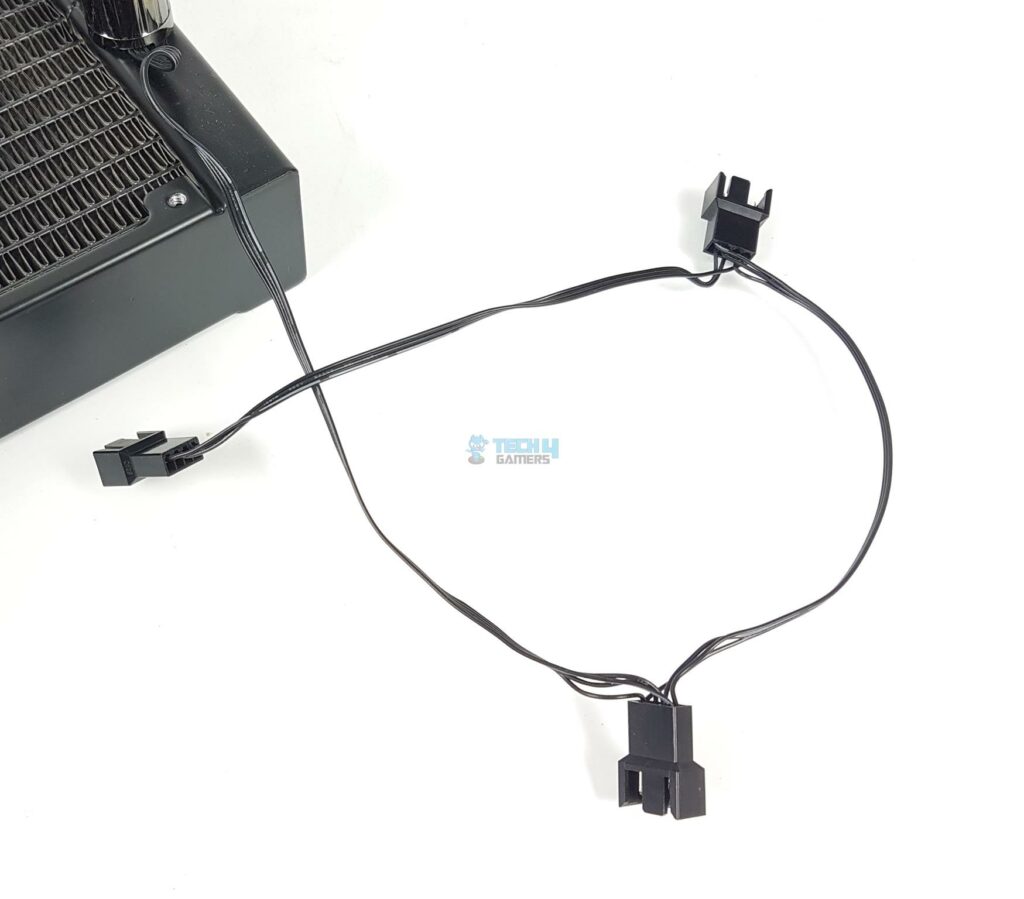
Looking at the side of the unit, we are telling you that the overall thickness of the unit is approximately 66 mm, including the heads of the screws. There is an ARCTIC brand logo in the centre as well. We are showing the backside of the radiator. The fin stacking job is satisfactory.
Now that we have removed the fans, we show the radiator itself. There are 14 channels for the flow of coolant. The dimension of the radiator is 458x138x38mm (LxwxH). The fin density is at 15 FPI. The fins stack is less dense but provides more surface area, and we have more channels for the coolant flow. The complete assembly is black colour coated. The far end has a rectangular outlook and no branding or sticker label.
Overall, fin stacking is fine. Though we found a few bent fins, there were no broken fins.
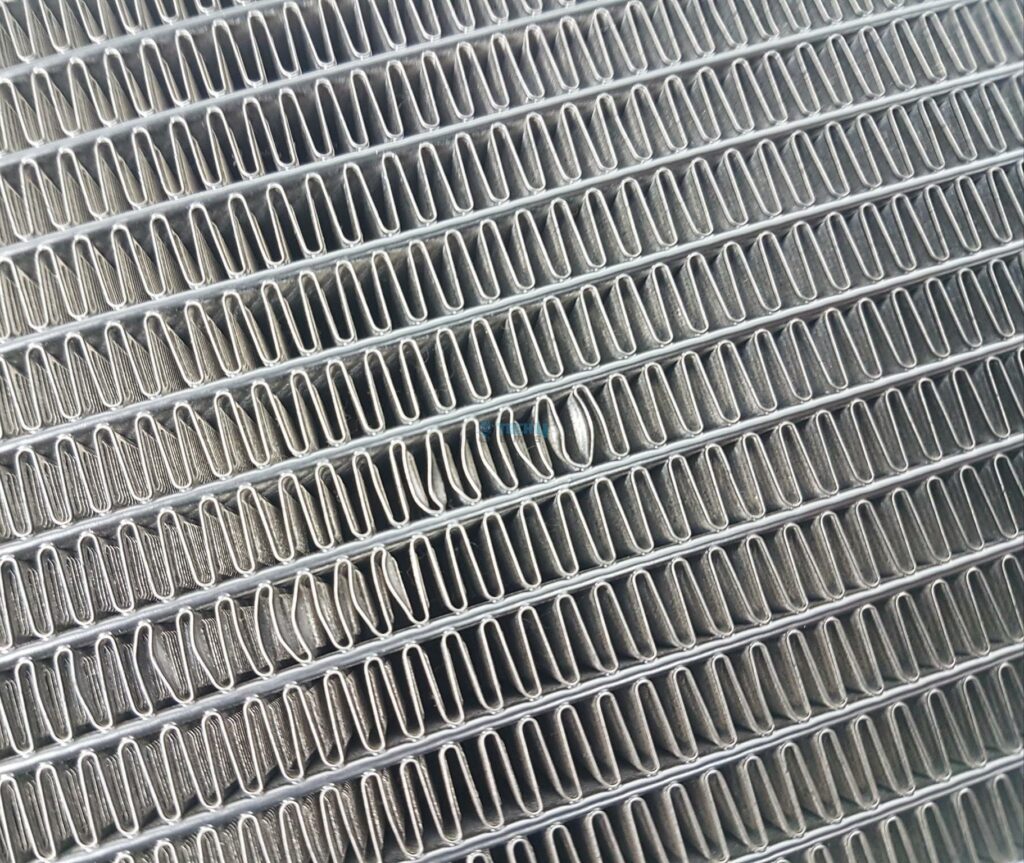
Looking at the tube connection side, there are chrome colour clamps covering the connection of the tube with the barb fittings. Look how close these connections are. We can see a cable inside the mesh sleeve on the left side of the tube. There is no serial number sticker label of any sort here. A certain gap exists between the side frame arms and the fin stack. Notice the tightened ends below or under each mounting hole. This is there to prevent the screw from going down towards the fin stacking since there is no protective plating over the fin stacking.
The tubes used in this cooler are fibre-reinforced long EPDM rubber tubes. These have a length of 450mm, which is sufficient for any requirement. There is a beautiful and colourful textured sleeve in grey and white colours. The tubes are designed to reduce the coolant evaporation. The tubes have ID/OD measurements of 12.4/6.0mm.
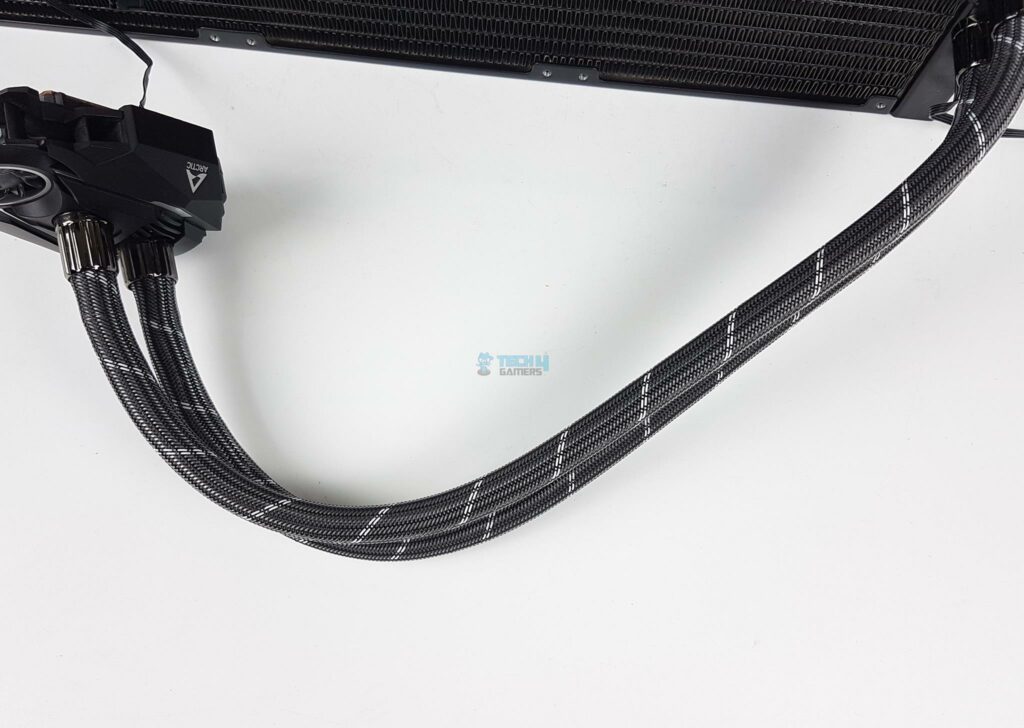
Block
Check out this innovative cooler with a unique design – a departure from the traditional. It resembles a mini spaceship from a sci-fi movie. The ARCTIC-branded block, viewed from the side, integrates tubes in the middle, solving DIMM slot clearance. However, note its extra length, which might pose compatibility issues with certain motherboards. The cooler features a 40mm PWM fan with transparent blades, operating silently at 1000-3000 RPM.
Unlike some competitors, ARCTIC’s fan is praised for its quiet and durable performance. It effectively cools voltage transformers and the base area, offering a 15°C temperature reduction, which is especially useful in overclocking or poor airflow conditions. ARCTIC’s customer service promises free replacements if the fan fails.
The block’s rear is featureless, but its removable underside is designed for compatibility with specific motherboards. The 39x43mm copper base is smaller than other AIOs. A white-coloured label displays model information. A single 4-pin PWM cable for connectivity, along with two interconnected short cables, emerges from the base.
Unfortunately, the design requires disassembly to stop the VRM fan powered by this cable. The cold plate features Micro-Skived fins for effective heat dissipation. The PWM-controlled pump aims to reduce humming and improve efficiency by adjusting power draw based on load. The pump’s power consumption ranges from 0.8W at no load to 4.3W at full load, with speeds between 800 and 2000 RPM.
Fans
The ARCTIC Liquid Freezer II coolers feature the popular and powerful P12 and P14 PWM fans. Three P14 PWM fans with five blades each are pre-installed on the radiator, boasting a stealthy all-black design. The fans have ARCTIC branding on the hub, lack anti-vibration pads on the mounting corners, and display a spiral layout with wires routed from the hub on the backside. The top of the fan is embossed with “P14 PWM,” and the bottom indicates “DC 12V 0.12A.”
Each fan has a 4-pin PWM connector on a small length cable. These are the screws used to install fans on the radiator.
The specifications of the fans are:
| Dimension | 140x140x27mm |
| Type | 4-pin PWM Connector |
| Speed | 200~1700 RPM |
| Airflow | 72.8 CFM |
| Air Pressure | 2.4 mmH₂O |
| Noise | 0.3 Sonne |
| Bearing Type | Fluid Dynamic Bearing |
| Input Voltage | 12VDC |
| Input Current | 0.12A |
| Input Power | 1.44W |
Installation
The cooler was required on the AMD AM5 platform to tame our new AMD Ryzen 9 7950X CPU installed on GIGABYTE X670E AORUS MASTER. Here are the steps:
- Install the mounting brackets on the block.
- Remove the stock AMD mounting brackets from the motherboard.
- Place black colour spacers on the studs of the motherboard near the socket area.
- Put the Mounting plates or brackets in an offset position and secure using 4x screws.
- Apply the thermal paste on the CPU.
- Remove the protective cover from the base of the unit.
- Carefully place the block on the CPU by moving the PWM cable out of the way.
- Align the mounting holes on the brackets with the standoffs on the mounting brackets.
- Use the thumb screws to secure the block on the CPU.
- Connect the PWM cable to the 4-pin PWM fan header.
- Install the radiator in the PC Case or as per the requirement.
- Installation is complete.
There is no clearance issue for the DIMM slots, but certain motherboards may have clearance issues concerning the M.2 slot heatsink or the top VRM heatsink cover. Better check the compatibility on the ARCTIC website. Also, ensure your PC Case has clearance for a 420mm liquid cooler. The dimension of this cooler is 458x138x65mm. There are only a few PC Cases that can handle this size cooler.
Thermal Testing
We have used the below-mentioned configuration for this testing:
- AMD Ryzen 9 7950X
- ARCTIC Liquid Freezer – II 420
- GIGABYTE X670E AORUS MASTER
- ASRock Radeon RX 7600 Phantom Gaming 8GB OC
- Kingston Fury Renegade 32GB 6400MHz @ 32 CAS
- XPG S50 Lite 1TB Gen4 NVMe SSD [For OS]
- Be quiet! Straight Power 11 850W Platinum PSU
- Open-air Testing
Here is the settings table:
| Clocks | Auto |
| VCore | Auto |
| PBO | Advanced |
| Efficiency Curve Adjustment | -30mV |
| PPT | 110W |
| Thermal Limit | 85°C |
| XMP/EXPO | Loaded where available |
| Thermal Paste | Alphacool Subzero |
| Thermal Paste Application | 5 dots |
| Fan Headers | CPU_FAN and CPU_OPT |
| Fan Control | 100% PWM cycle |
| Stress Tool | CINEBENCH R23.2 Multi |
| Monitoring Tool | HWInfo64 |
| Test Duration | 30 minutes |
| Idle Time | 5 Minutes |
| Ambient Temperature | 25ᵒC~26ᵒC |
We updated the motherboard and chipset software to the latest BIOS for testing, excluding GIGABYTE’s ECO Mode. The cooler was utilized to tune AMD Ryzen 9 7950X. Beyond this article’s scope, a summary table of findings will provide insights into the cooler’s performance based on stock and tuned thermal differences.
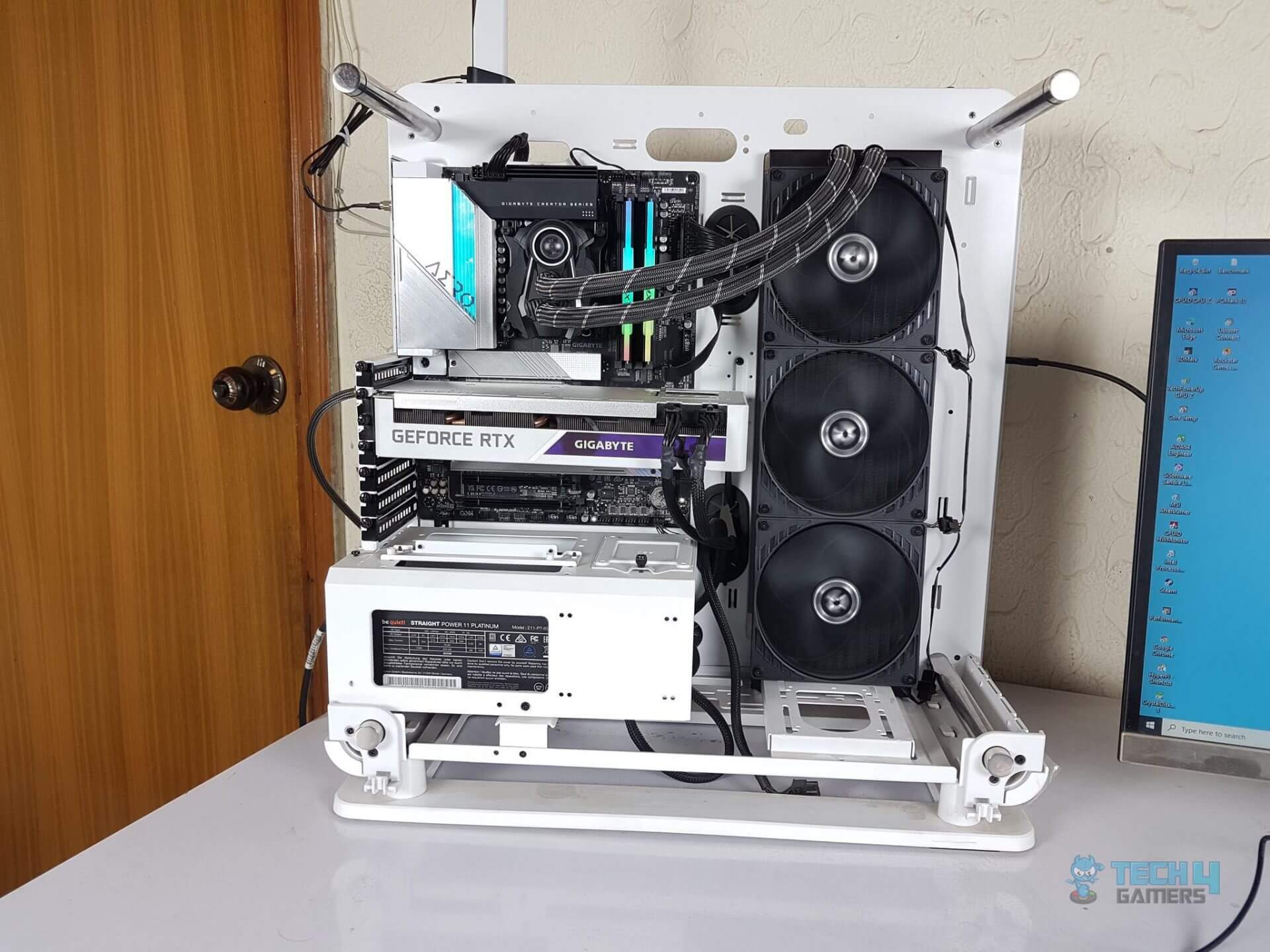
Results
Stock CPUs often reach 95ᵒC; the same happened with this SKU, hitting 234W at 1.4V Vcore. Despite high power and close-to-limit temperature, performance was good, scoring 37345 in CINEBENCH R23.2 Multi CPU. We utilized PBO Advanced to improve, adjusting the efficiency curve by -20mV on all cores. While -30mV wasn’t achievable; the voltage drop boosted our score to 38325 without affecting power or thermals. Setting the thermal control limit to 85ᵒC ensured the temperature stayed below this threshold, resulting in the best score of 38656. Introducing another variable, PPT (socket power), we experimented with different configurations.
For me, the best results came from these settings:
- Efficiency curve adjustment by -20
- Thermal Control Limit 85ᵒC
- PPT of 185W (Entered as 185000)
This gives us a score of 38101, and the temperature was 77ᵒC at an ambient of 25.4ᵒC.
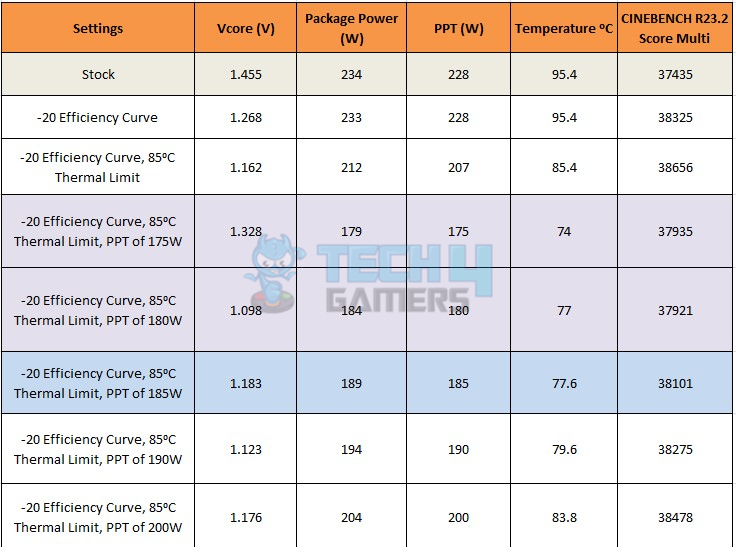
Noise
We are not measuring the noise output due to repair and maintenance work, but this cooler is dead silent.
Should You Buy It?
By carefully analysing and testing The ARCTIC Liquid Freezer II 420, I concluded that:
Buy It If:
✅ You Prioritize Performance Excellence: If you want a cost-effective, high-performance AIO liquid cooler with a substantial 420mm radiator.
✅ You Need CPU Compatibility: If you need excellent CPU cooling, especially for powerful CPUs like the Ryzen 9 7950X.
✅ You Prefer Simplicity Focus: If you prefer a cooler without RGB lighting or additional features, focus on performance.
Don’t Buy It If:
❌ IF You Prioritize RGB Priority: If you prioritize RGB lighting and additional features in your cooling solution.
❌ IF You Have Size Constraint: If you don’t want a large 420mm liquid cooler, your PC case may not have clearance.
❌ IF You Have Control Preferences: If you have specific preferences for a cooler with more control options for power users.
Final Words
I recently had the chance to try out the ARCTIC Liquid Freezer – II 420 liquid cooler and was quite impressed. This cooler features a large 420mm radiator, measuring 458x138x38mm, so it’s important to make sure it fits in your PC case. The aluminum radiator is equipped with three P14 PWM fans, a fin density of 15 FPI, and 14 channels for the coolant to flow through. It’s compatible with a range of sockets, including Intel’s LGA115x/1200/2066/2011(-3) and AMD’s AM4/AM5, with LGA1700 support depending on the cooler’s version.
The cooler’s EPDM rubber tubes are both flexible and reinforced with fibre, and they come with a textured sleeve in either grey or white. A standout feature is the integrated cable management system, which makes for tidy routing, and there’s a single control point for the P14 PWM fans, VRM fans, and the pump.
While the control options might be a bit limited for power users, all the components, including the in-house designed pump with PWM control, operate quietly. Plus, it comes with a 6-year warranty. This makes it an attractive option for gamers who need high-performance cooling but don’t want to deal with a lot of noise, even with its larger size.
Awards Won By The ARCTIC Liquid Freezer II 420
Now that I have tested the ARCTIC Liquid Freezer II 420, I gave it the following Tech4Gamers Awards in our round-ups:
Recent Updates
- January 18, 2024: A few text changes to improve readability. Also added image galleries.
Thank you! Please share your positive feedback. 🔋
How could we improve this post? Please Help us. 😔
[Editor-in-Chief]
Sajjad Hussain is the Founder and Editor-in-Chief of Tech4Gamers.com. Apart from the Tech and Gaming scene, Sajjad is a Seasonal banker who has delivered multi-million dollar projects as an IT Project Manager and works as a freelancer to provide professional services to corporate giants and emerging startups in the IT space.
Majored in Computer Science
13+ years of Experience as a PC Hardware Reviewer.
8+ years of Experience as an IT Project Manager in the Corporate Sector.
Certified in Google IT Support Specialization.
Admin of PPG, the largest local Community of gamers with 130k+ members.
Sajjad is a passionate and knowledgeable individual with many skills and experience in the tech industry and the gaming community. He is committed to providing honest, in-depth product reviews and analysis and building and maintaining a strong gaming community.


 Threads
Threads
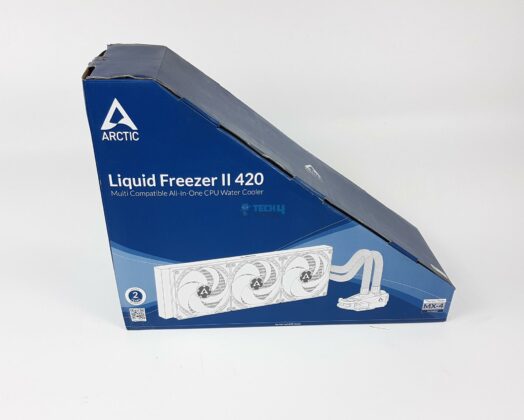
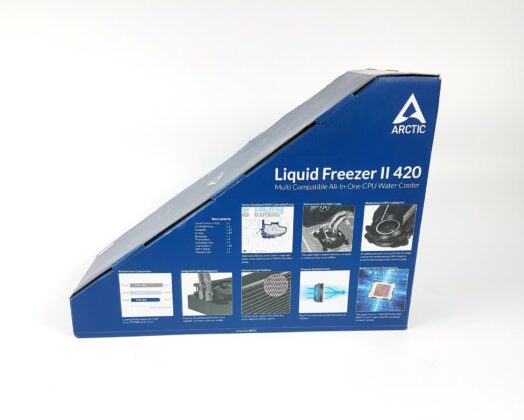
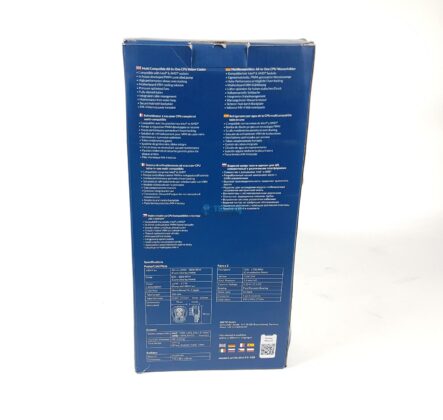
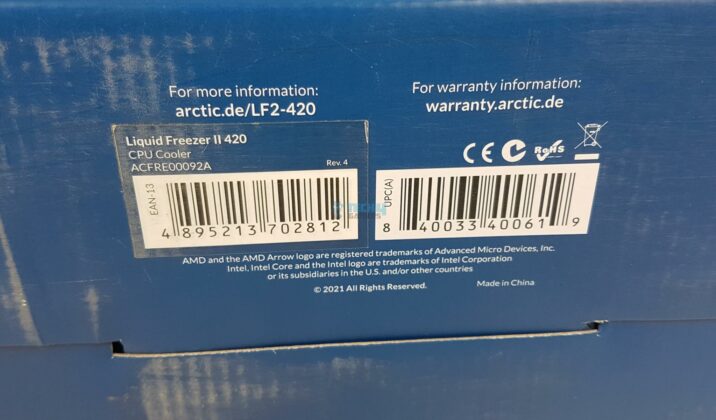
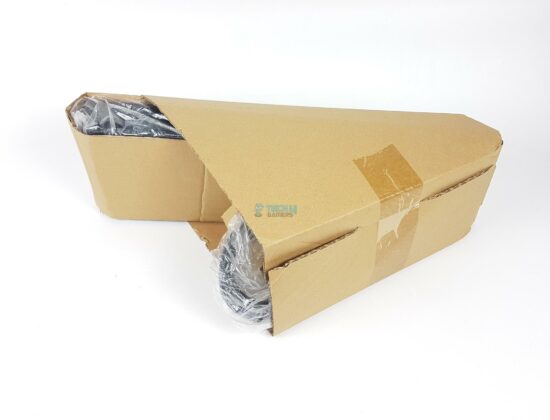
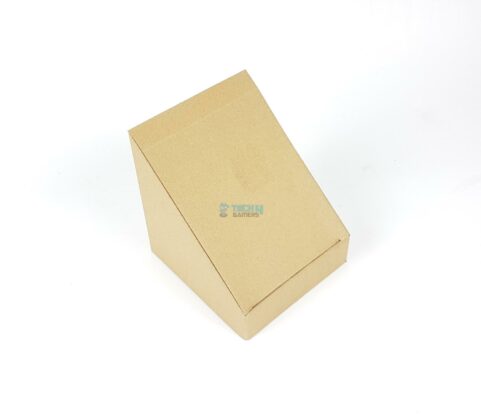
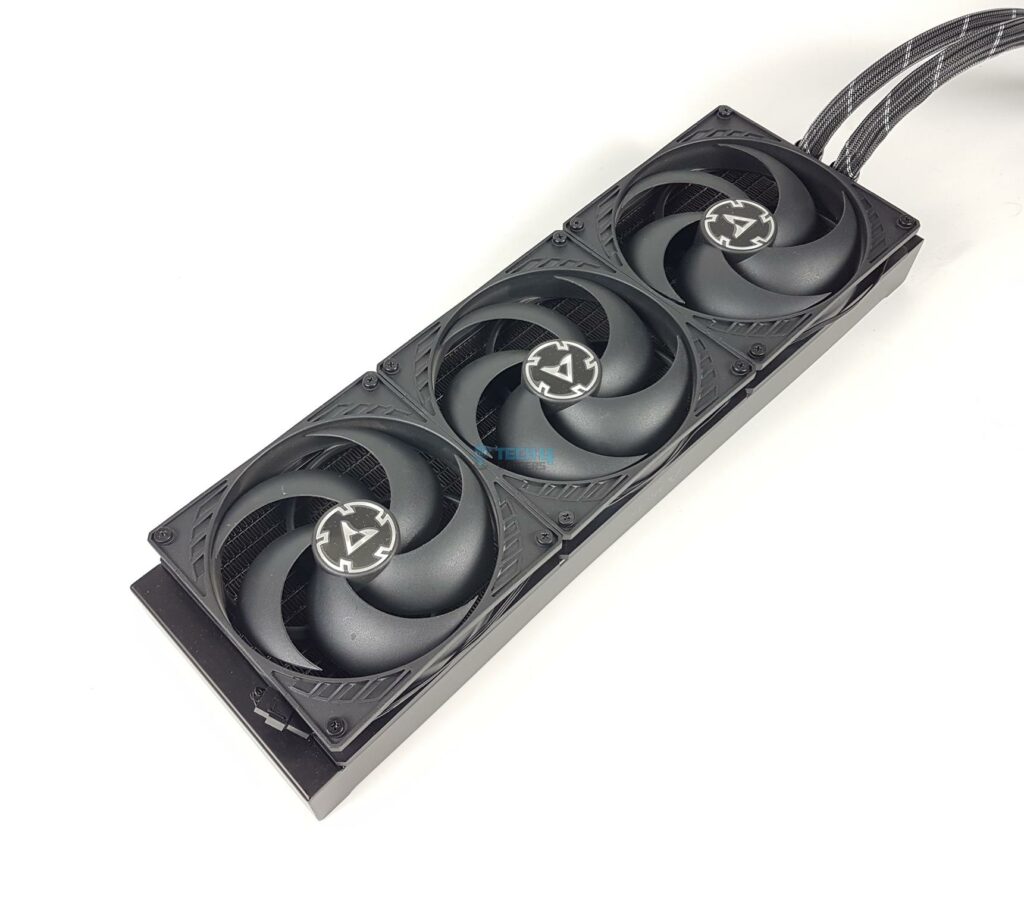
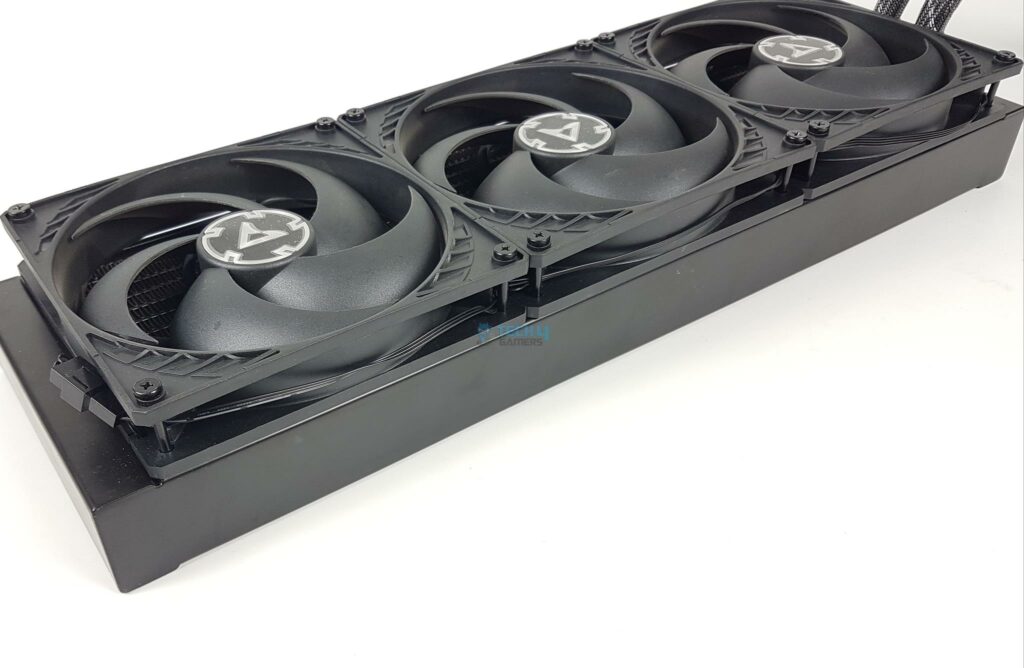
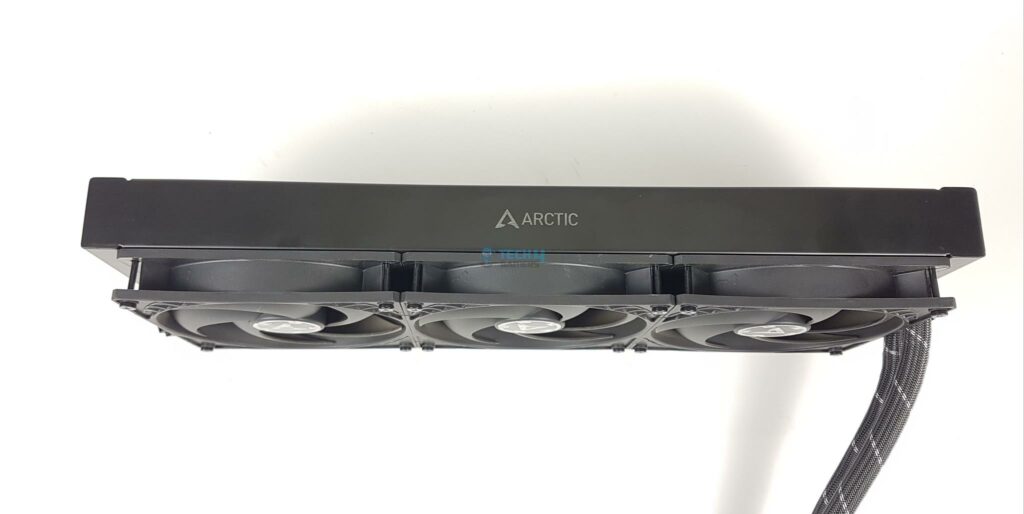
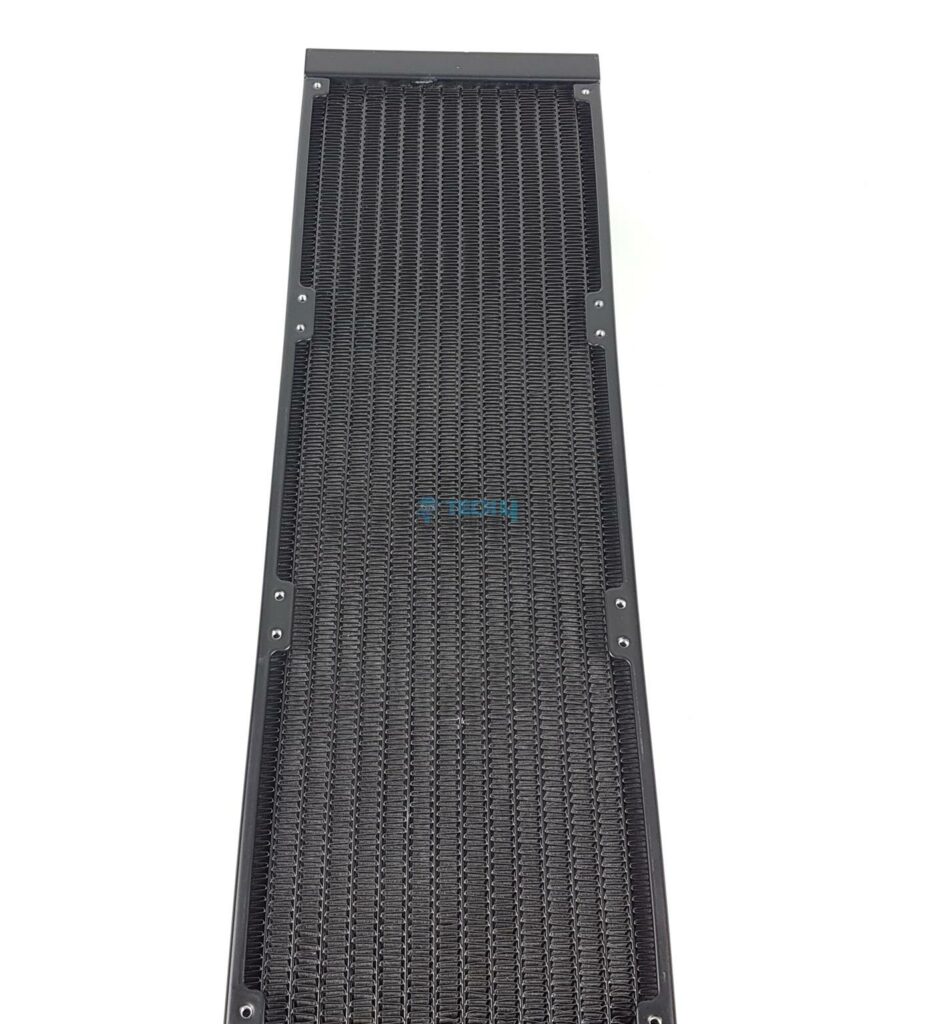
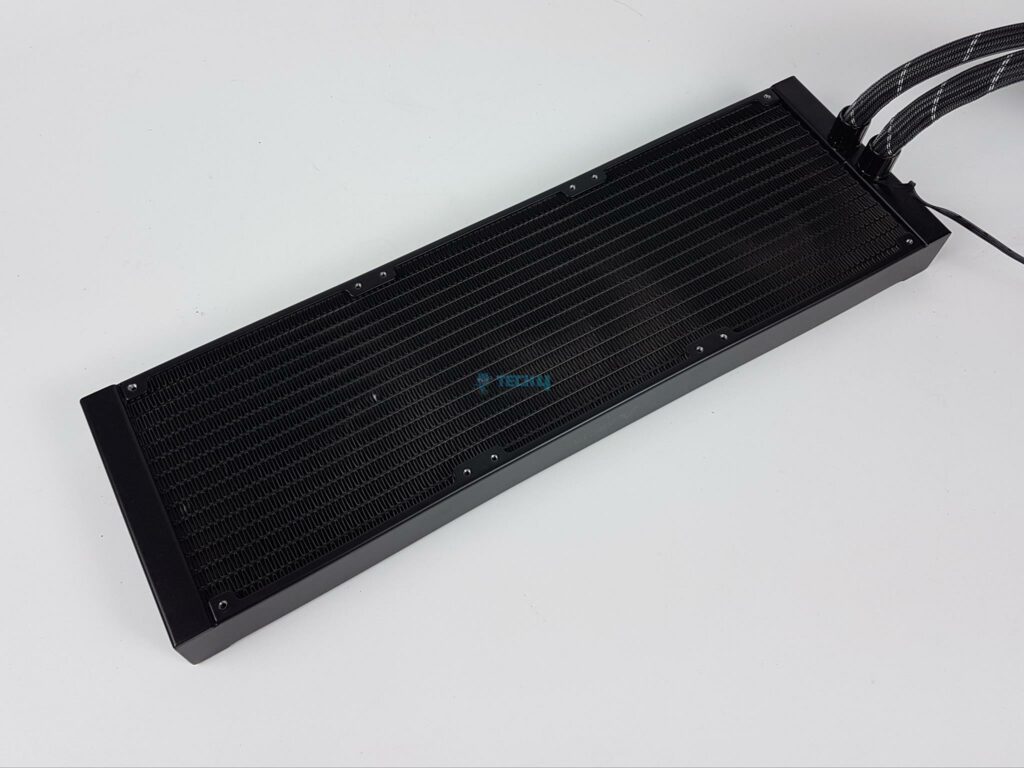
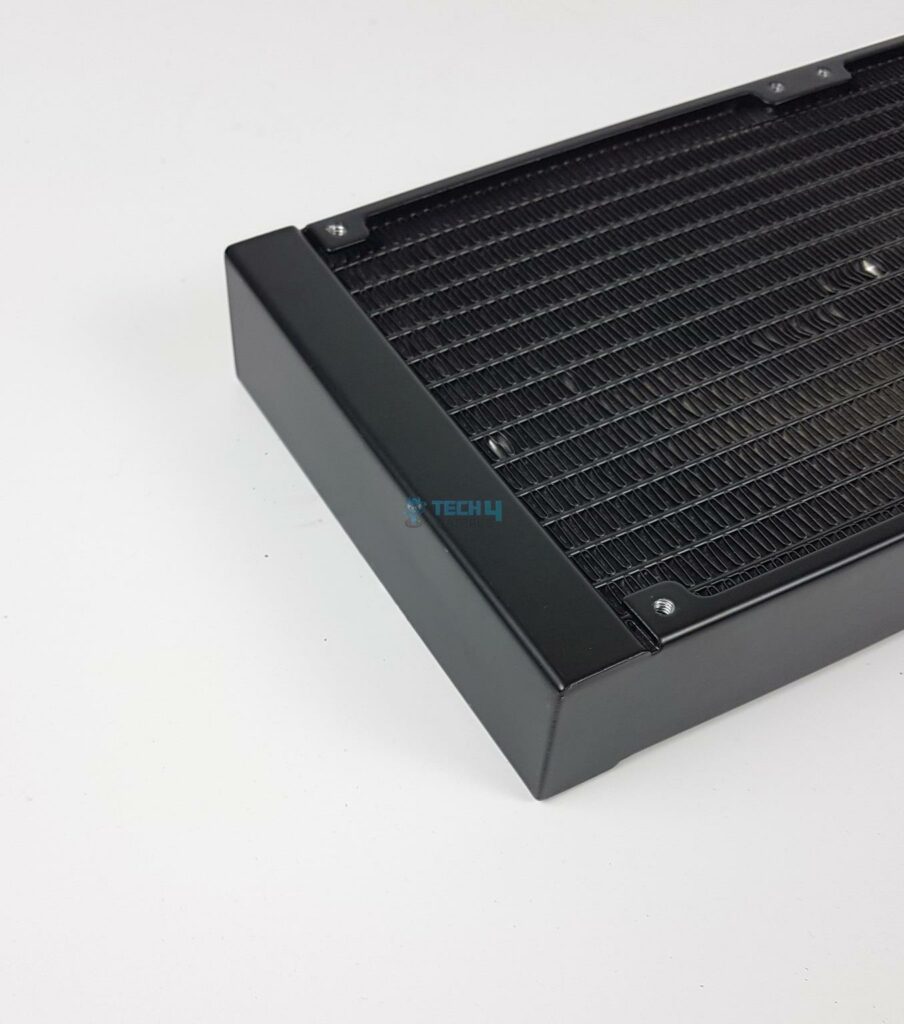
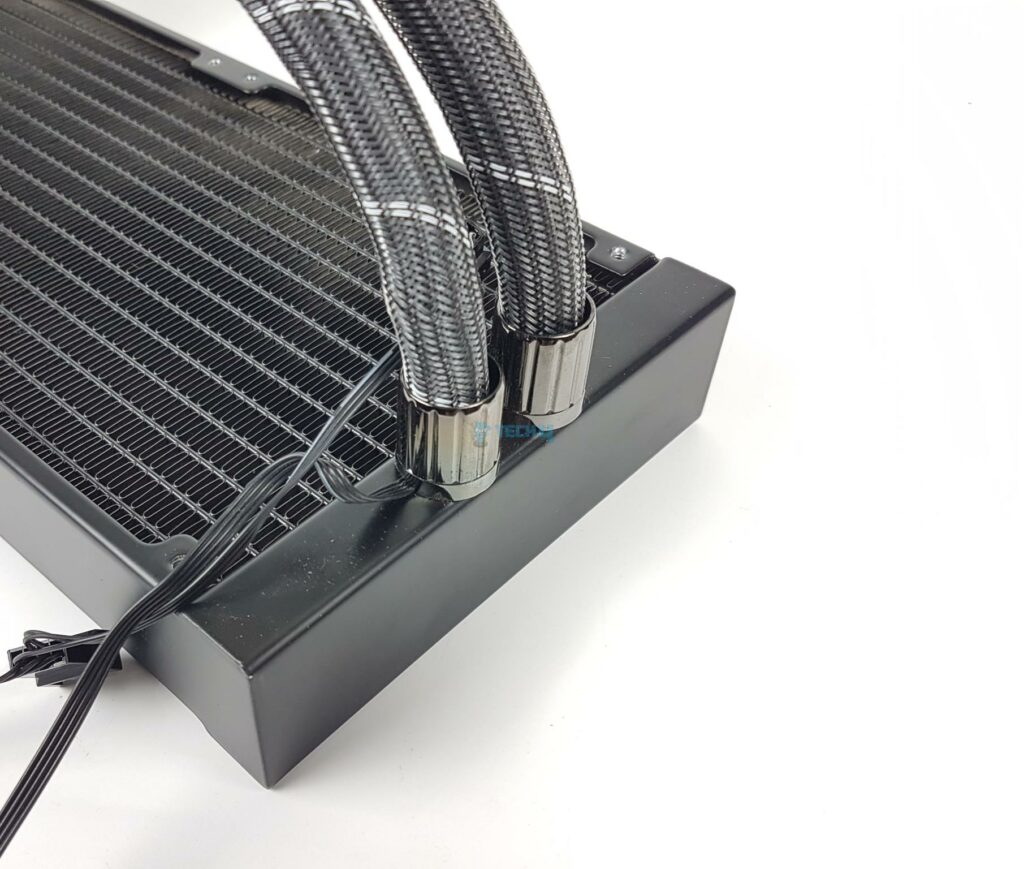
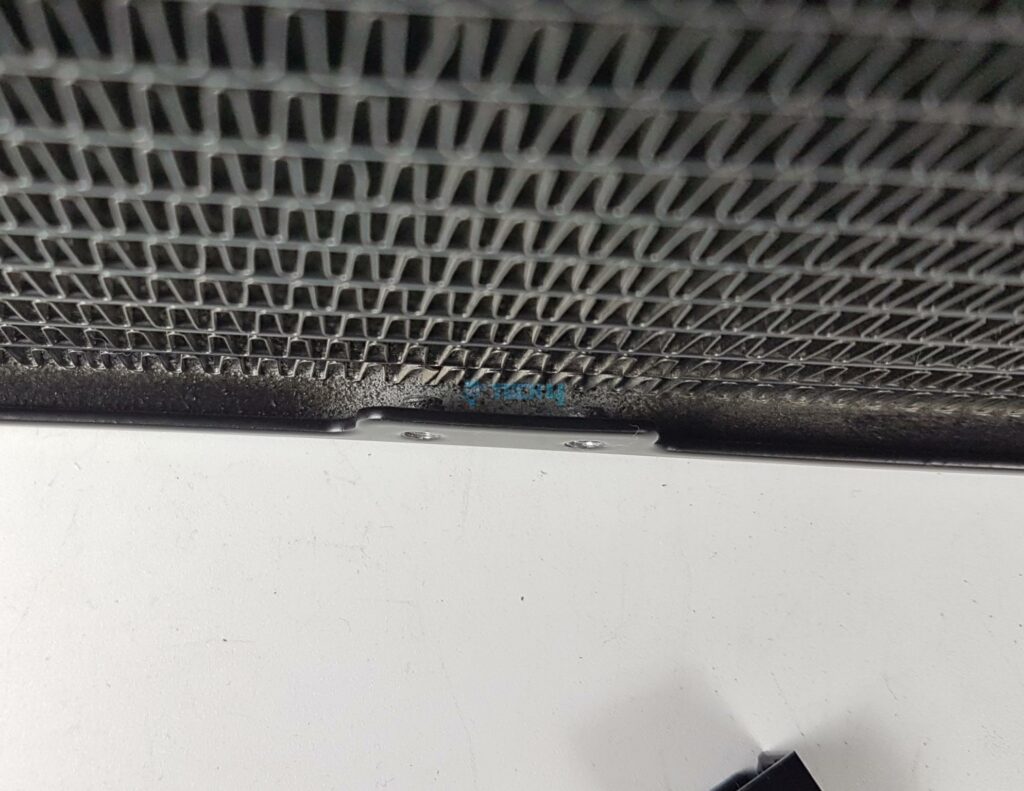
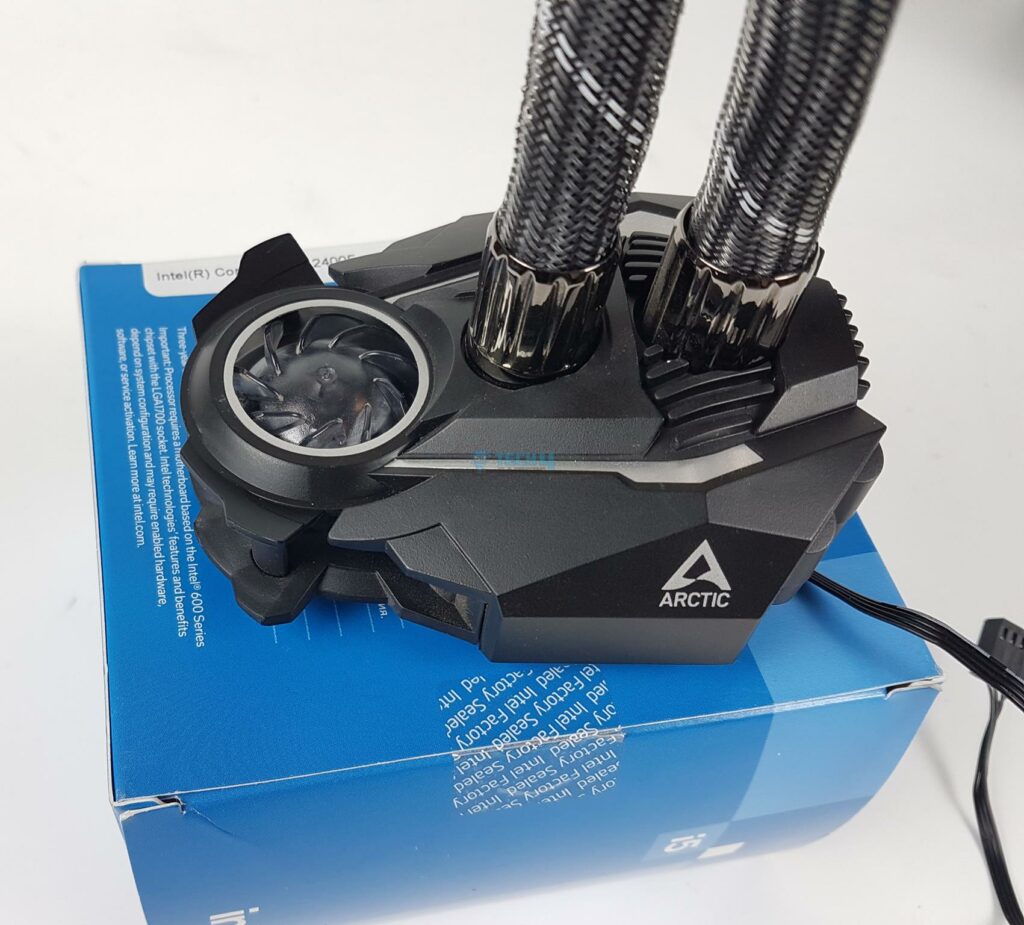
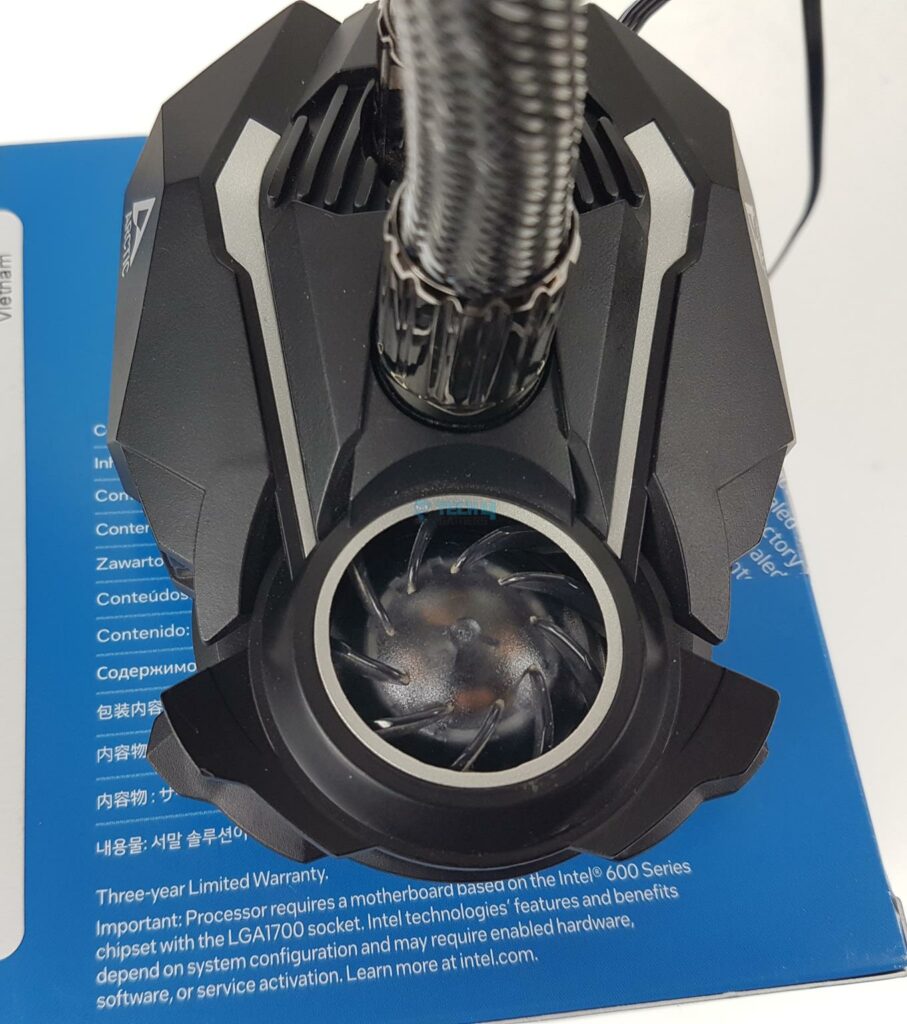
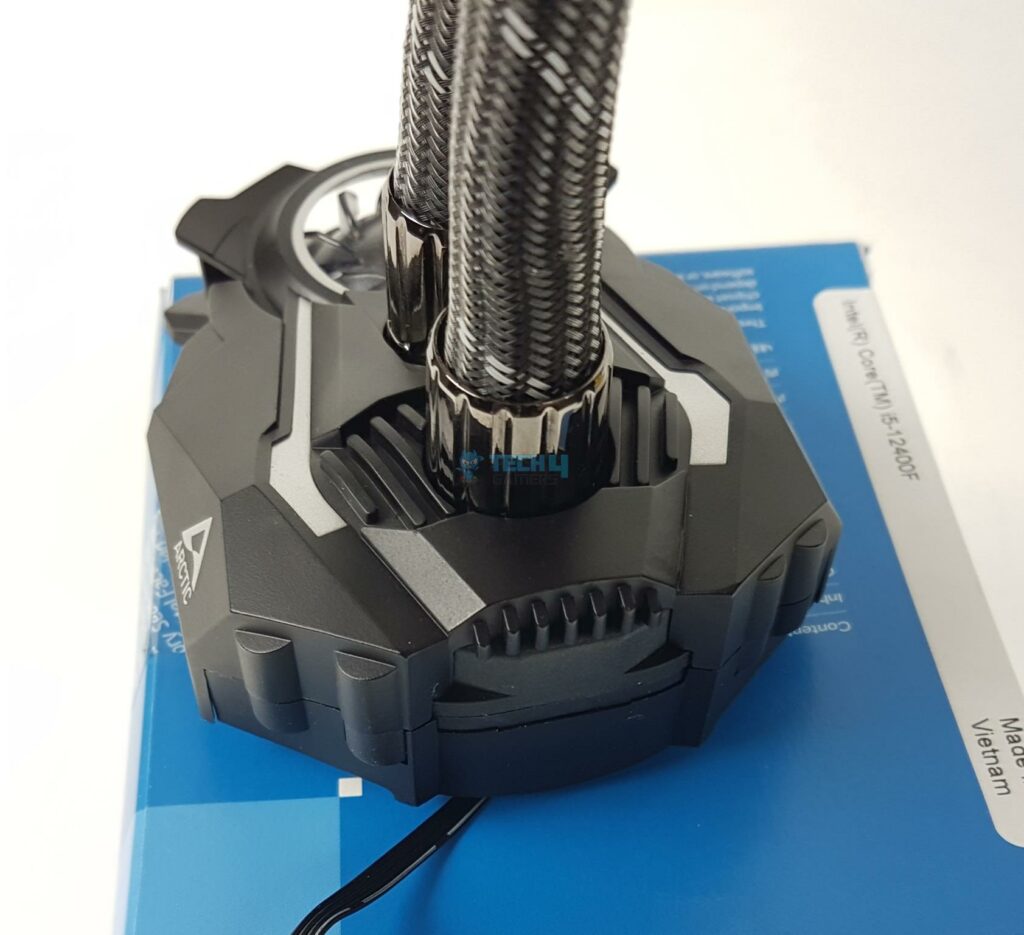
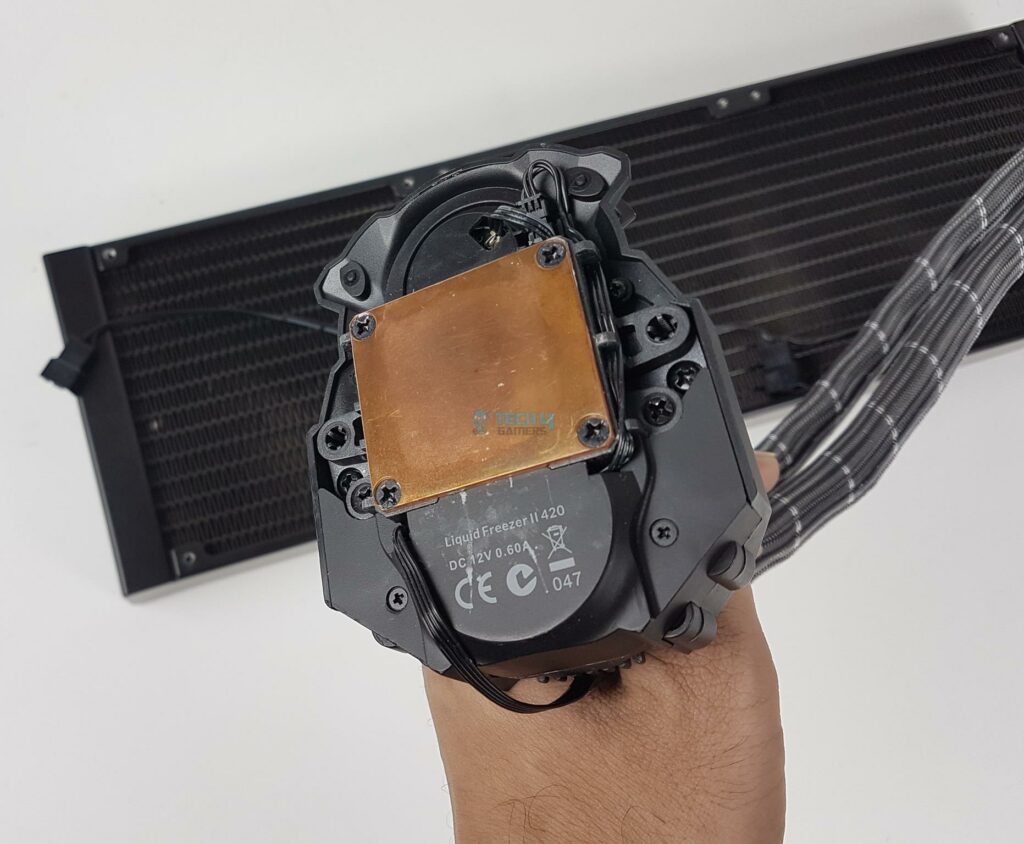
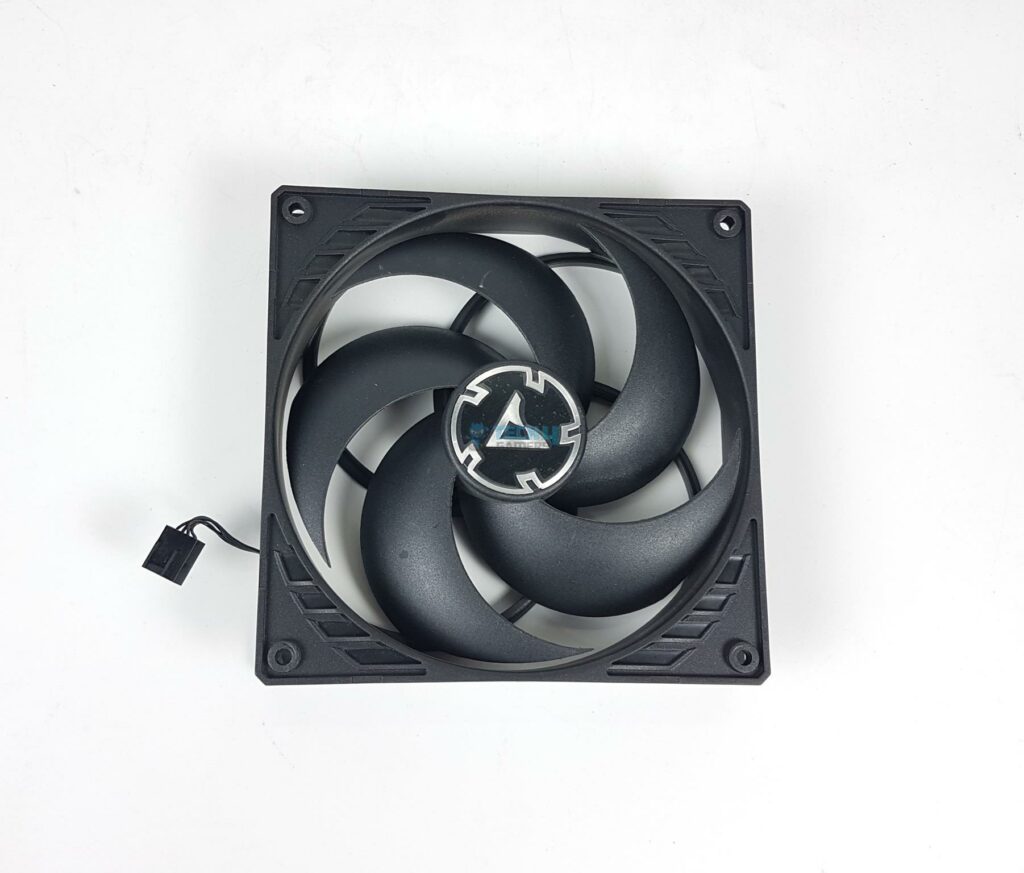
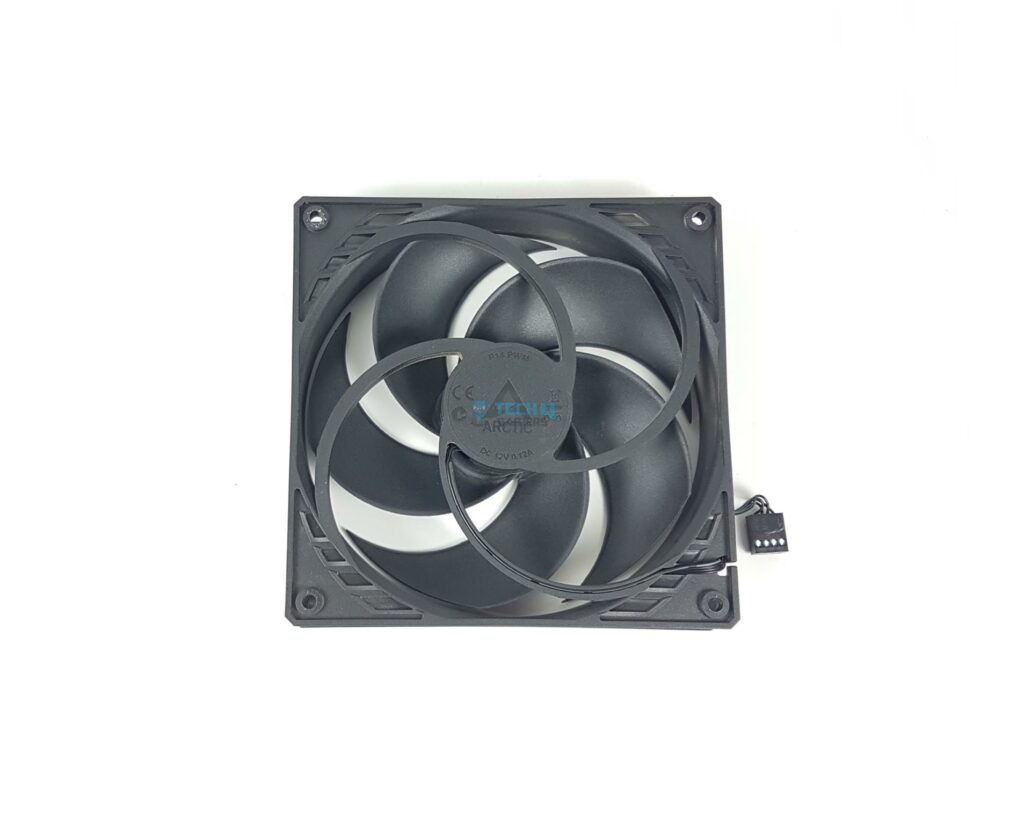
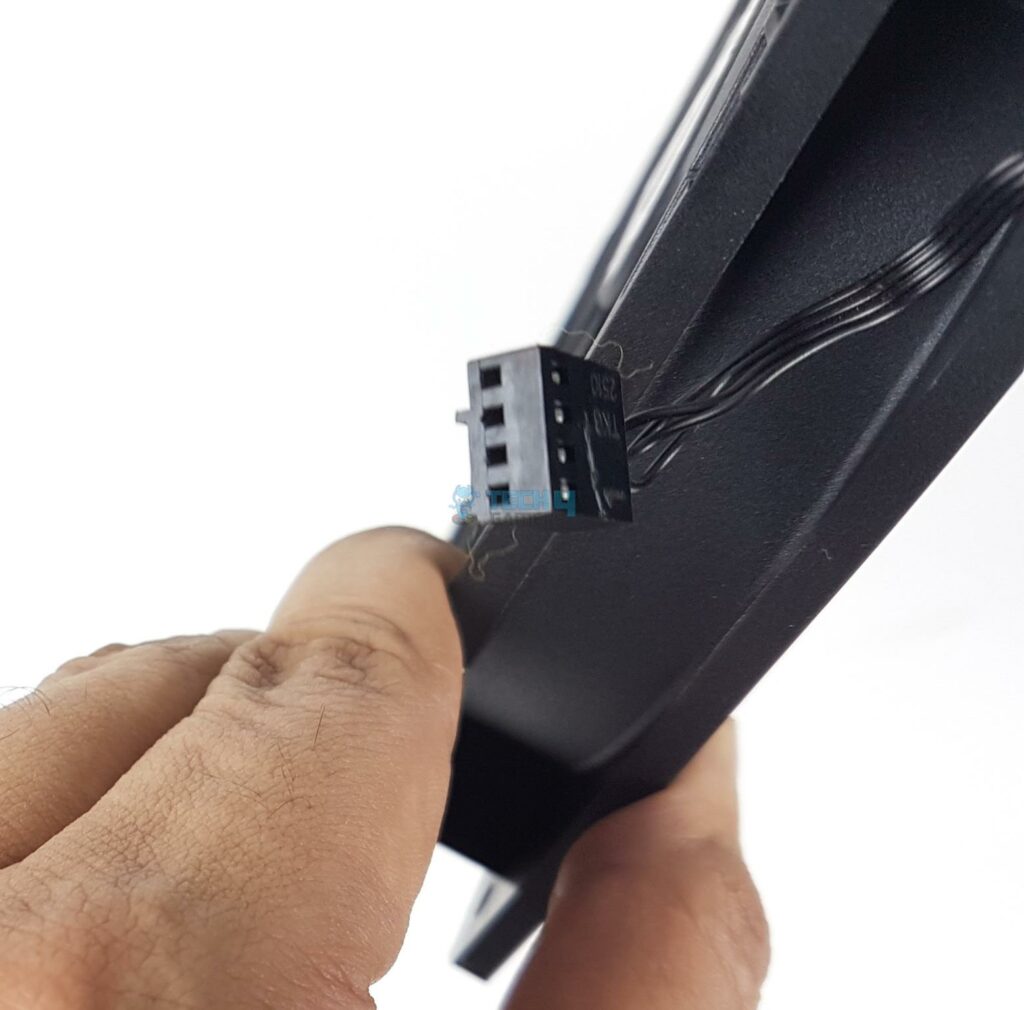
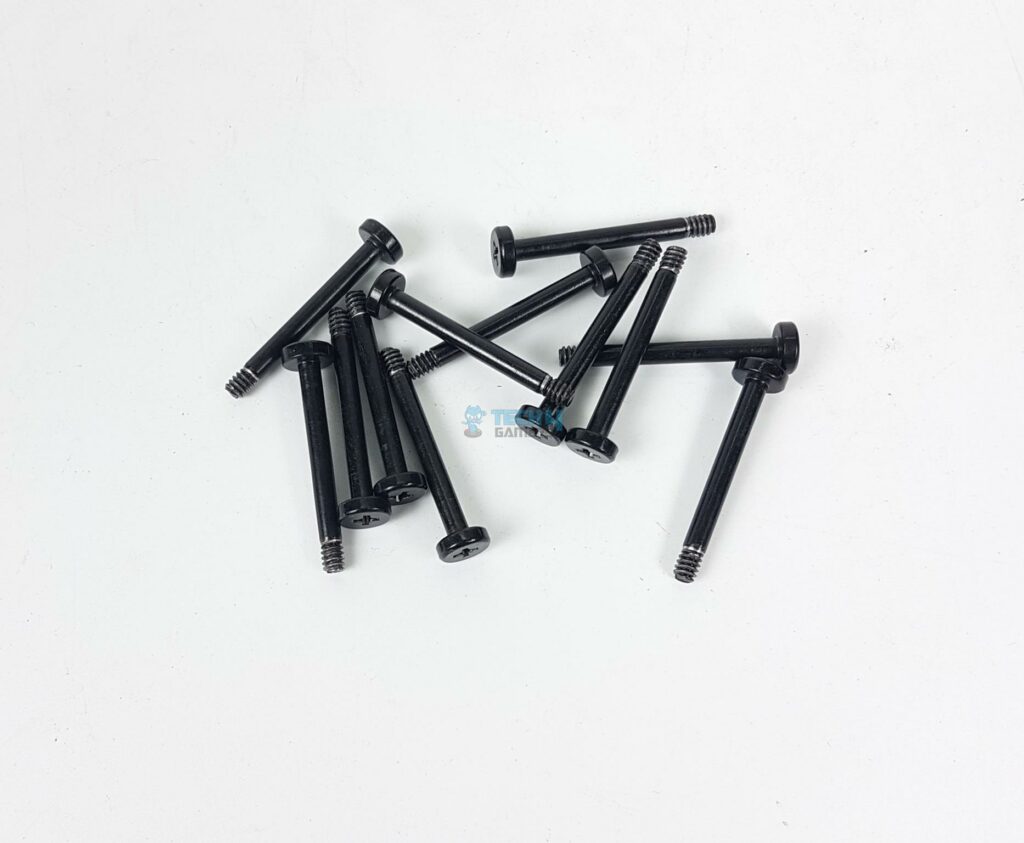
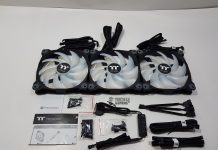
![5 BEST CPU Coolers for Ryzen 5 5600X [We Tested All] Best CPU Cooler For Ryzen 5 5600x](https://tech4gamers.com/wp-content/uploads/2022/02/Best-CPU-Cooler-Ryzen-5-5600x-1-218x150.jpg)
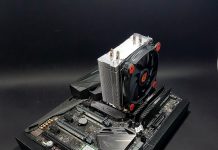
![We Have Found The Best CPU Coolers For Ryzen 9 9900X3D [With Test Results] Coolers 9900X3D](https://tech4gamers.com/wp-content/uploads/2025/04/Coolers-9900X3D.jpg)
![Best CPU Coolers For i9-13900KF [Benchmarks Included] Best CPU Cooler For Core i9-13900KF](https://tech4gamers.com/wp-content/uploads/2022/11/Best-CPU-Cooler-For-Core-i9-13900KF-218x150.jpg)